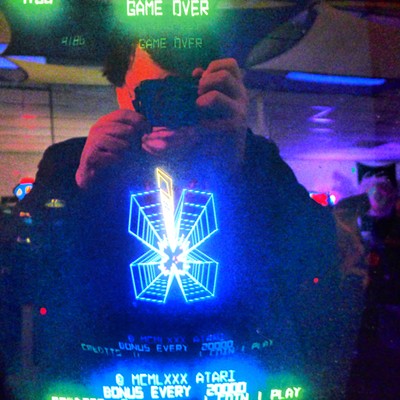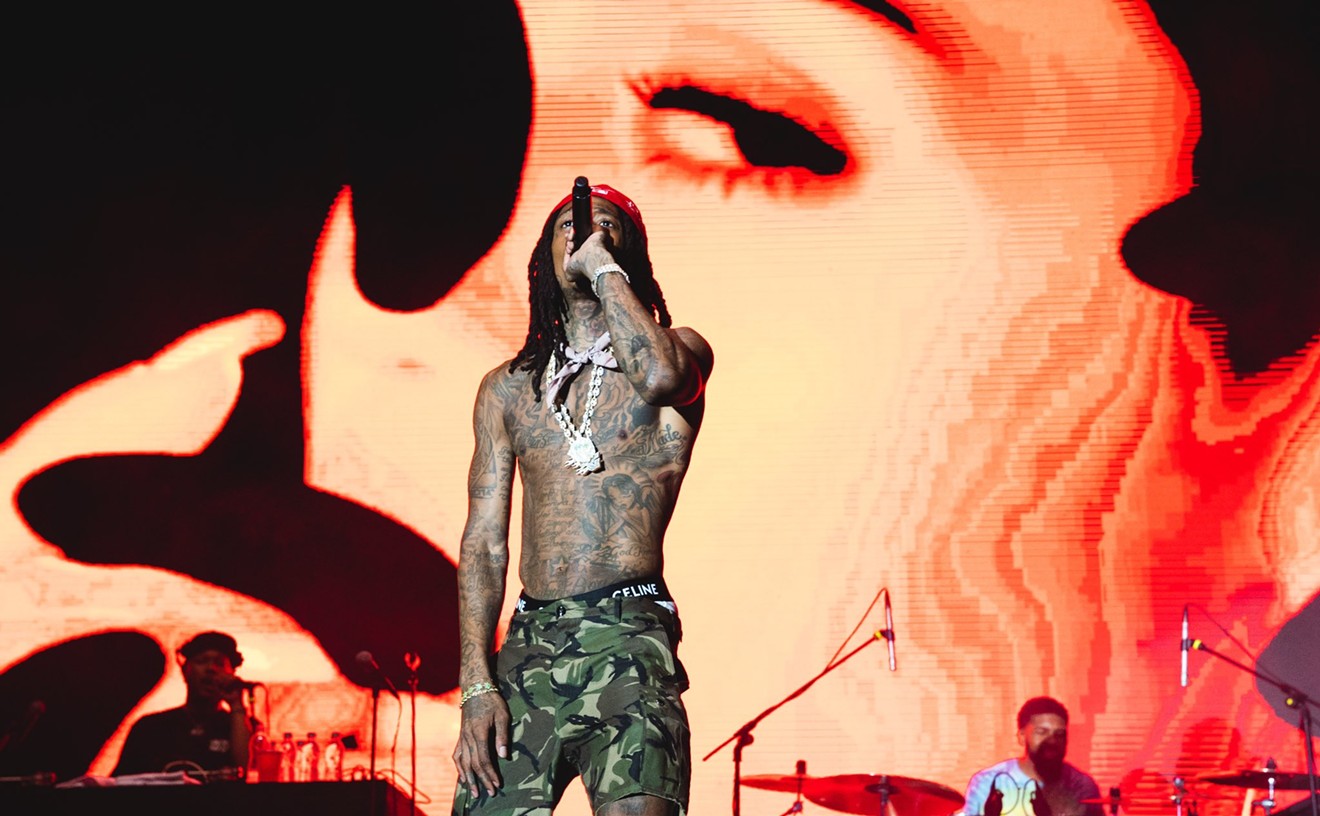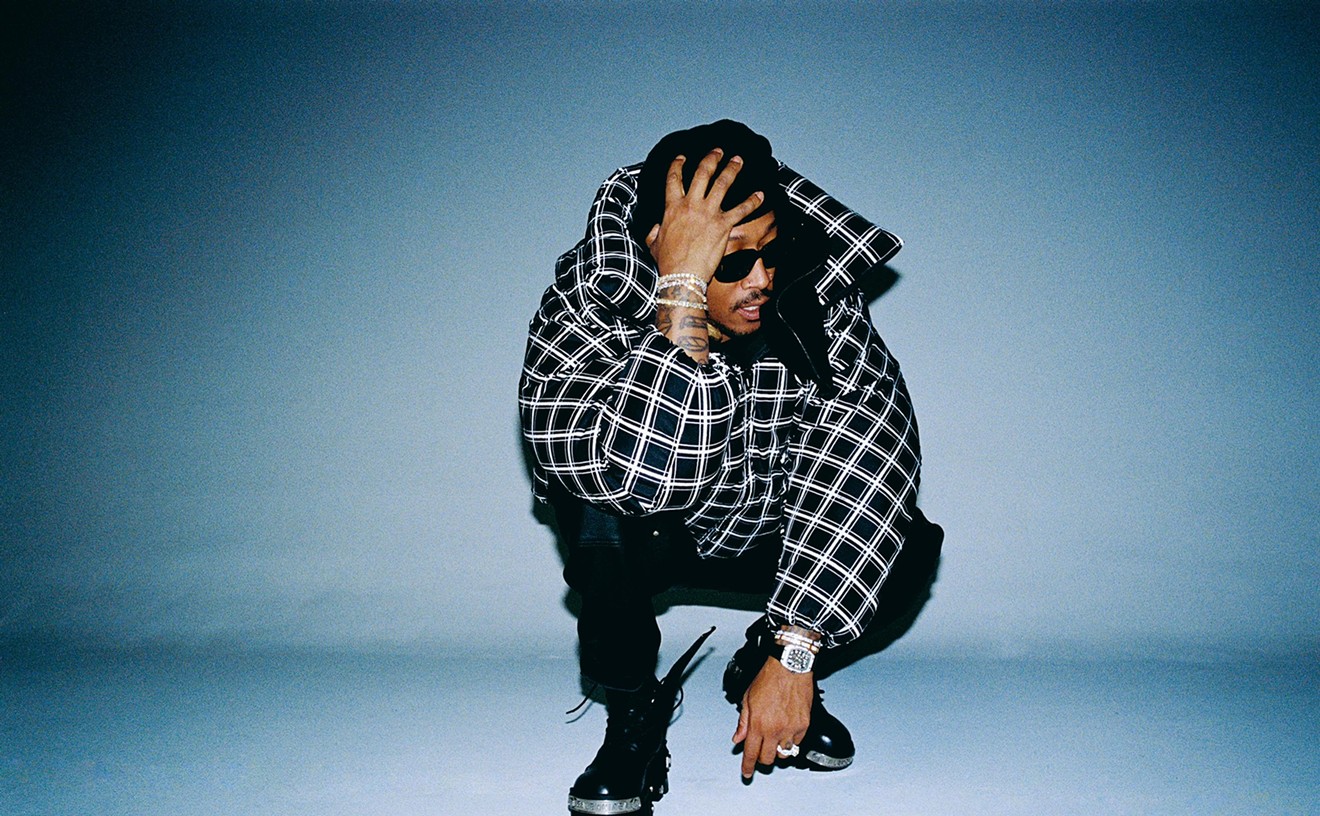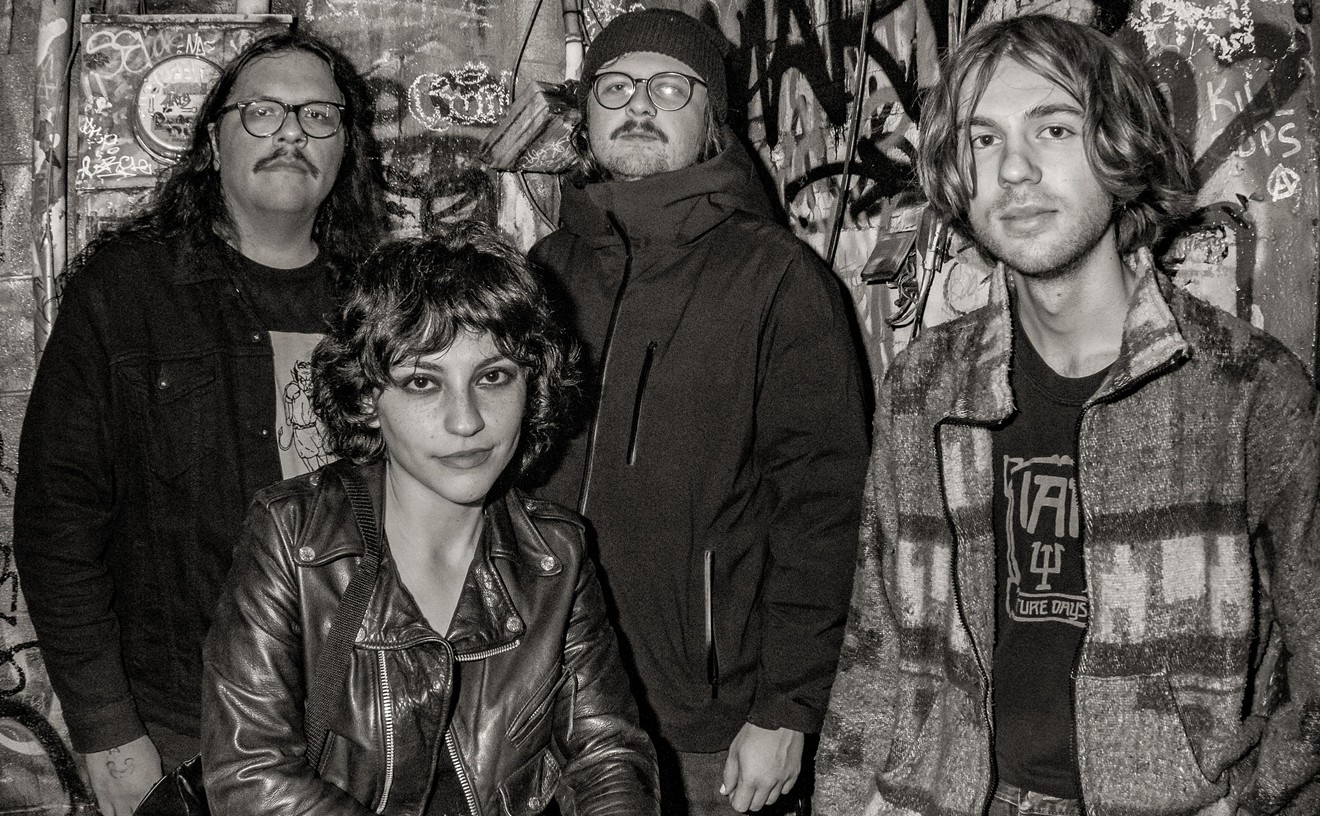In music annals, 1991 is most often remembered as the year Nevermind came out and changed the commercial-music landscape for the next half-decade. That was also the year, however, that an up-and-coming band with a luridly suggestive name released an album of sublimely expressive, dreamy guitar songs that became a benchmark of musical artistry and sonic invention. Loveless, My Bloody Valentine's landmark album, nearly bankrupted the Creation imprint during its production but became profitable in subsequent years, and to this day is one of the most-cited albums of influence by countless like-minded musicians.
In the wake of Loveless, the band seemed to go on an indefinite hiatus, with stories of its mercurial leader, Kevin Shields, going into seclusion and perhaps going a little crazy like a latter-day Syd Barrett. The daunting prospect of matching — much less surpassing — a peerless masterpiece like Loveless must have been quite unsettling. Over the years, however, Shields has played on numerous records, contributed to soundtracks and slowly worked on what would have been the third full-length My Bloody Valentine release. The act reunited in 2007 and played a small group of shows the following year. This year, the band is touring select cities in the United States, and we had the rare opportunity to speak with Shields on a number of subjects, from his music to the folly of genre labels.
Westword: When you perform live, do you try to duplicate the sound from your records, or is it a different kind of thing for you?
Kevin Shields: There are actually fewer layers on the records than you'd ever imagine. To use an example, a song like "Soon": Live, we can't duplicate it; it's impossible to duplicate the balanced mixing. You can't control that. The way the tracks are balanced with respect to the recording is really important. A song like "Soon" is, on the record, literally a drum track, a bass track, and the guitar track is a guitar and a Vox and a Marshall, and it's just one guitar part that goes from the beginning to the end, starting with the Vox guitar part, and then I kick in the Marshall, as well. And that's it. Then the vocals. It's basically two double tracks and Bilinda [Butcher] singing on top. The record is literally one guitar track, which is made with two amps. We added keyboard parts and we made loops of guitar sounds like feedback samples. That's all there is. Live, we just play it like we played it in the studio.
Another is "To Here Knows When," in which people perceived layers of stuff happening. It's literally just one guitar track. It's basically a guitar through a kind of reverse reverb effect. I played a certain way and put that sound into a Marshall amp and got it more overdriven-sounding. Then there's a sequenced part with guitar feedback and keyboards, and we just played that sequenced part live, because no human could play it, physically. It's sort of a weird thing you would never try to reproduce by playing it, because it would be pointless. It's half of a programmed rhythm, mixed with Colm [Ó Cíosóig] playing over the top. I played the guitar just like I did in the studio and sang, and that was it. Pretty much 75 percent of the songs are like that. The perceived hugeness is sometimes the fact that it's one source and you can hear everything moving. I play in a certain way using the tremolo arm, and it produces a certain sound. All the songs we play, because we can play them.
In 1996, your band covered "Map Ref. 41°N 93°W," by Wire, for the tribute album Whore. Why did you pick that song, and in what way did Wire influence or inspire your own music?
I always liked Wire. What I particularly liked about them was when I first heard them in the mid-'80s: I liked their pop songs, I liked their melodic songs, and that they could just do a song like that and then they could do something completely different. It's just another example of what you had with the Velvet Underground: They could do a soft ballad type of song and then have an unhinged, feedback-driven song. I thought it would be so cool to be in a band where you could do anything, go in any direction you want to, and it would be acceptable.
Wire was one of those groups to me. It was nerdy as much as just us enjoying doing it to the point where if you actually listen to the original record and ours, we copied the original arrangement to the point where every bass-drum hit is exactly the same. We just started to map it out; it was a bit of a joke on the title "Map Ref."— we literally, physically, copied it. The basic structure of the song is the same. With the guitars and the singing, it started to change, but not much, because we were paying tribute to them. There's one bit in the middle of the song where there's a spoken-word section, and we didn't want to do that, so we wrote a melody instead, which Bilinda sang. But other than that, it's a virtual reproduction of the original song.
I saw an interview you did with Ian Svenonius on the Soft Focus program where you mentioned that your sound was more dry and up front, like Sonic Youth and Dinosaur Jr., as opposed to the Cocteau Twins.
Absolutely. Part of the thing that really attracted me to a lot of the American groups was a real sense of it being bands playing and capturing it purely on tape. There was rawness to it and up-frontness to it. British groups, in general, have a tendency to use more effects, be more studio-bound. Of course, ironically, me imitating the American sound, it was assumed that my music was studio-bound, when, in fact, I was consciously avoiding doing all of that. I like the Cocteau Twins, though. Fundamentally, the huge irony with the bands called "shoegazing" was that a lot of those bands really were into the Cocteau Twins. And they all used choruses, flangers and other effects pedals to create a certain kind of sound. Three pedals I refused to use in that era were chorus, flanger and delay. Everything we did was everything but that.
Pretty much, the only thing I used was reverse reverb. The reason I loved it was because it allowed you to be expressive. If I play softer or harder, it's super-affected by how you play. Things like chorus and flanger and things like that are put on top of what you're playing; it's hard to interact with it. At the time, I hated it, and when all the bands that came out then were compared to us, I thought it was kind of a joke. Pretty much most of the things liked about us was what I hated. People would go, "Oh, that's the band that plays with effects," and "They're a studio band" and so on. I hated all of that, actually. But that's the way it goes.
Is there anything you do to feed or recharge your creativity and inspiration?
No. But probably I should. I don't think I'm creative enough, to be honest. Because being creative involves creating, and I don't create enough. I get a genuine pleasure out of songwriting, but I only do it when I feel like it. I can go through quite long periods where I won't do anything — this pattern where I won't do anything for several months, and then for a month or two every night, it's all I'll do. Just play guitar and sing. Make tunes.
So your creativity and inspiration is very cyclical?
Very much so.
For more of our conversation with Kevin Shields of My Bloody Valentine, visit blogs.westword.com/backbeat.











